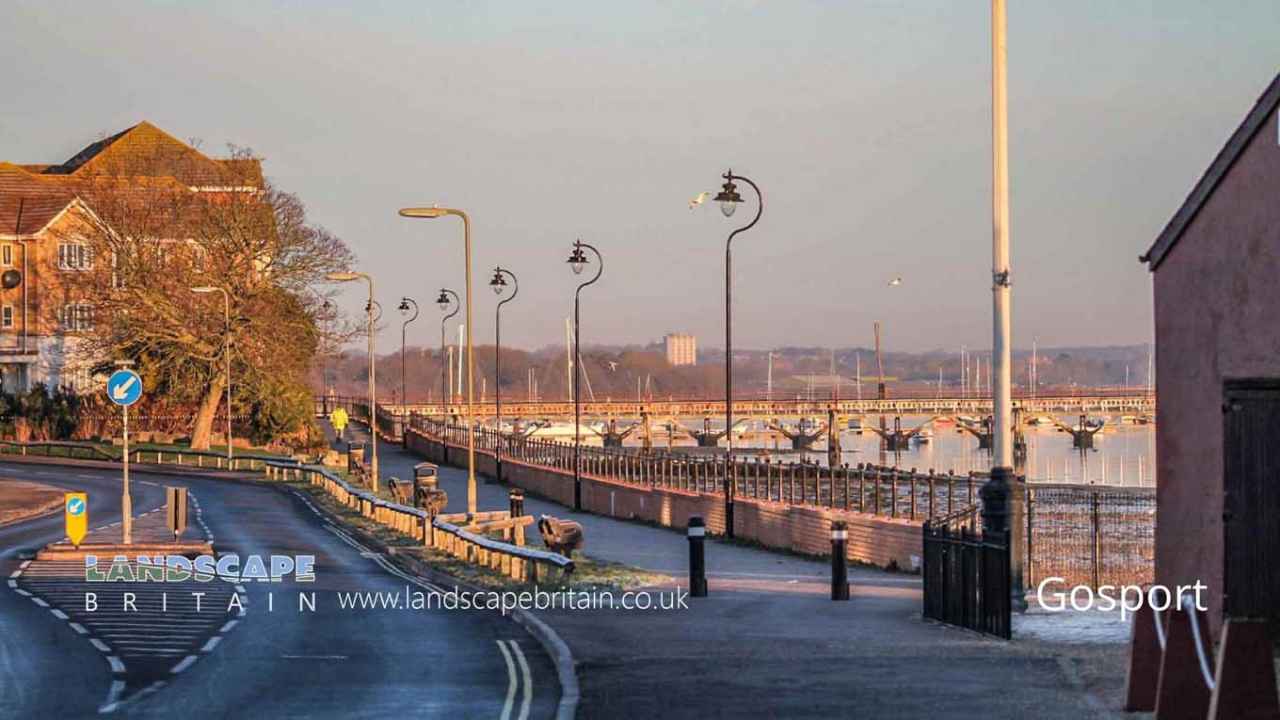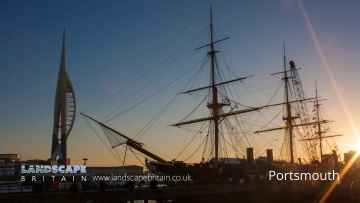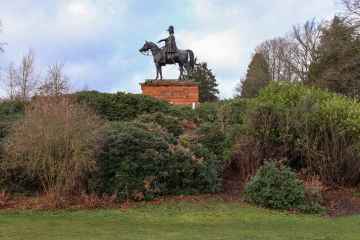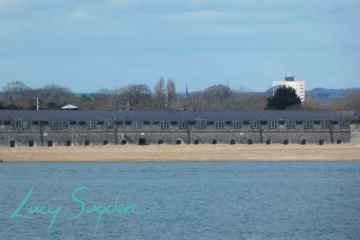Gosport is a Town in the county of Hampshire.
The coastal town of Gosport is on a peninsula on the western side of Portsmouth Harbour. The town is linked to Portsmouth by the Gosport Ferry, which runs regularly throughout the day.
Gosport has a long history dating back to the 12th century, when it was first mentioned in historical records. The town’s name is thought to derive from ‘Goose Port’, in reference to the large number of geese that used to live in the area.
Gosport is a popular tourist destination, with a variety of attractions and activities to enjoy. The town’s seafront is home to a number of hotels, restaurants and cafes, as well as a playground and an outdoor swimming pool. For those interested in history, there are several
There are great places to visit near Gosport including some great cities, villages, lakes, towns, historic buildings, shopping centres and airports.
There are a several good cities in the Gosport area like Portsmouth, and Winchester.
Southwick, Milford-on-Sea, and Hambledon are some of Gosport best villages to visit near Gosport.
Southwick Park Lake is one of Gosport's best, nearby lakes to visit in Gosport.
Gosport's best nearby towns can be found at Aldershot, Lymington, Gosport, Basingstoke, and Southampton.
Fort Blockhouse is one of Gosport's best, nearby historic buildings to visit in Gosport.
Shopping Centres to visit near Gosport include The Malls - Basingstoke, and Westquay.
Gosport has some unmissable airports nearby like Southampton Airport, and Blackbushe Airport.
Gosport History
There are some historic monuments around Gosport:
Places to see near Gosport
History of Gosport
Until the last quarter of the 20th century, Gosport was a major naval town associated with the defence and supply infrastructure of Her Majesty’s Naval Base (HMNB) Portsmouth. As such over the years extensive fortifications were created. The first fortifications were in 1678 during the reign on Charles II. They consisted of two forts, Fort James and Fort Charles, and a series of bastions and double ditches to encircle the town and known as the Gosport Lines. During the Georgian period in 1751 and 1752 they were rebuilt, enlarged and extended. In response to the French invasion threat of 1779 there were further additions. By 1860 the Gosport Lines had 58 guns. No.1 Bastion, for example, had mounted 14 guns in brick lined emplacements firing over the parapet. The 1859 Royal Commission on the Defences of the United Kingdom proposed the completion of a line of forts to protect the outer approach to Gosport town, making the earlier defences redundant. However, they were retained to constrain any expansion of the town towards the new line of forts. From the 1890s road widening meant some parts of the ramparts and gates were demolished. Further sections were demolished in the 1920s and 1960s. Today, the little that remain are protected ancient monuments.


















